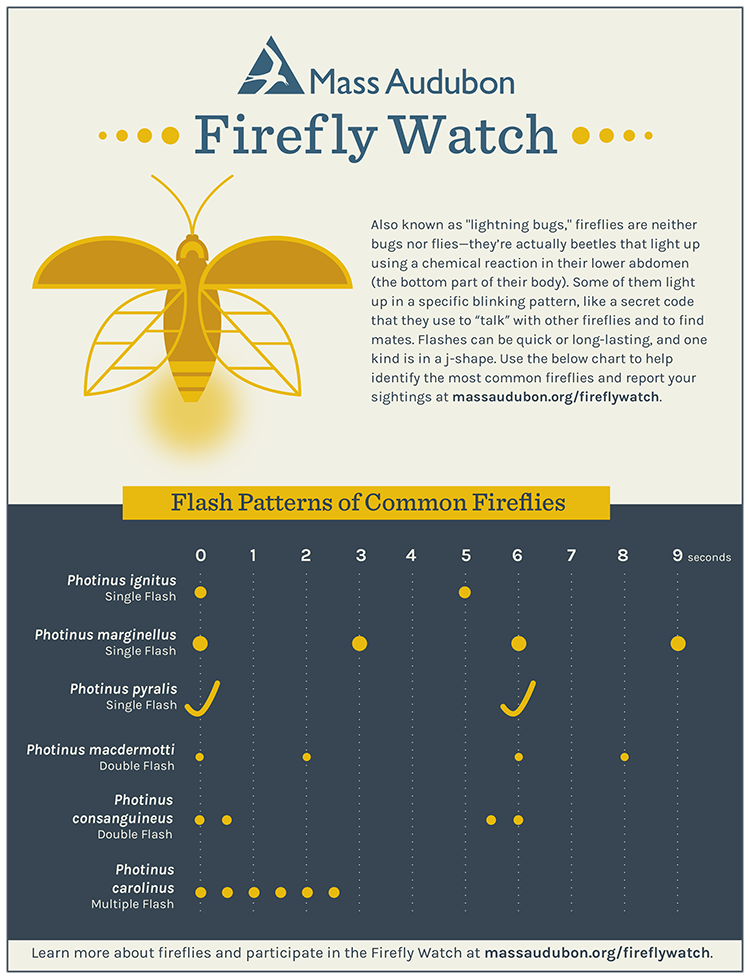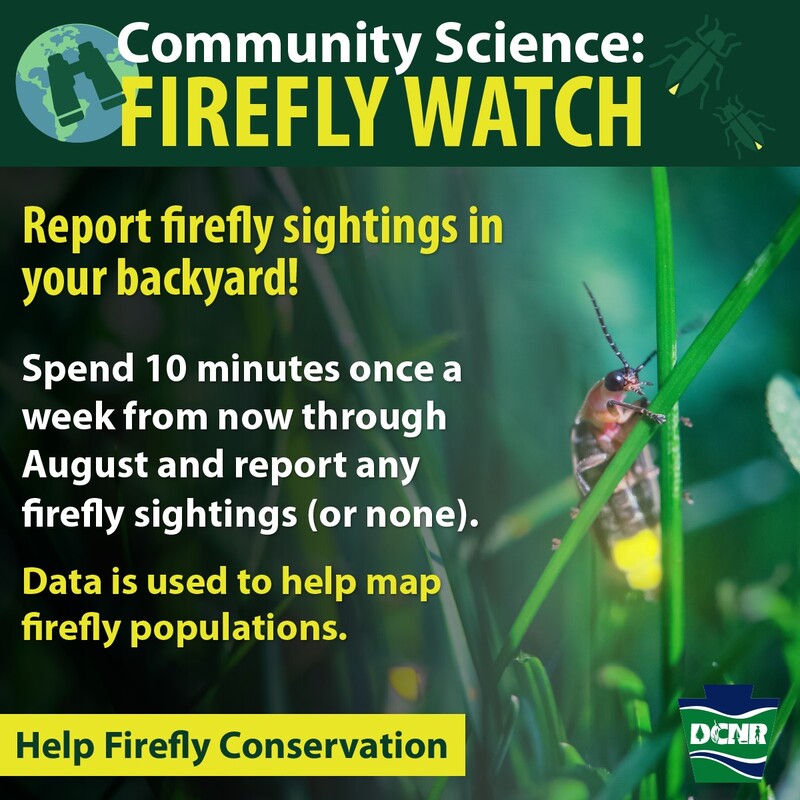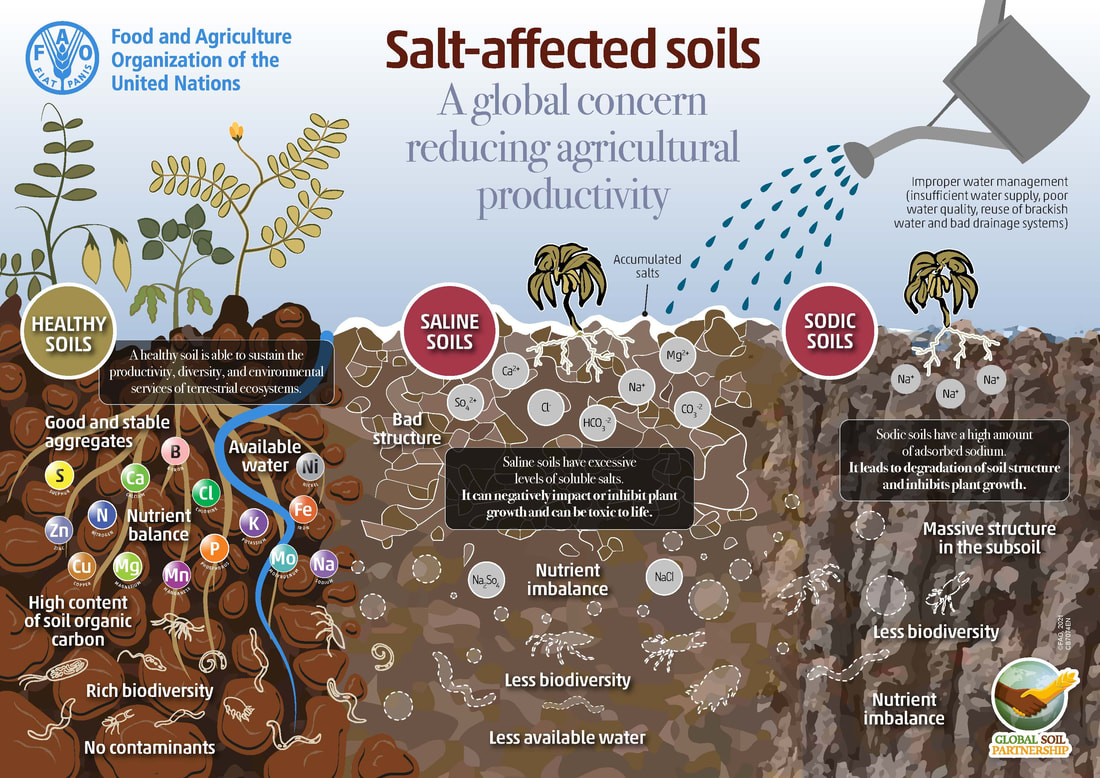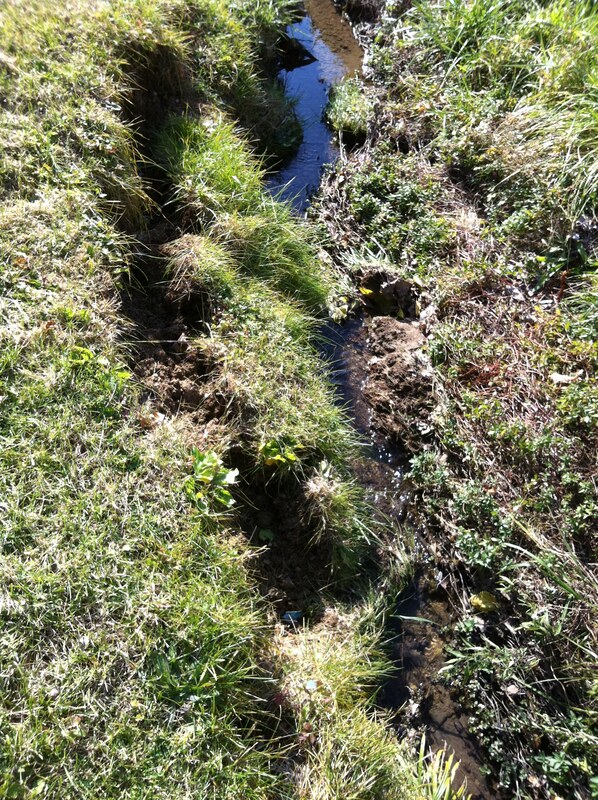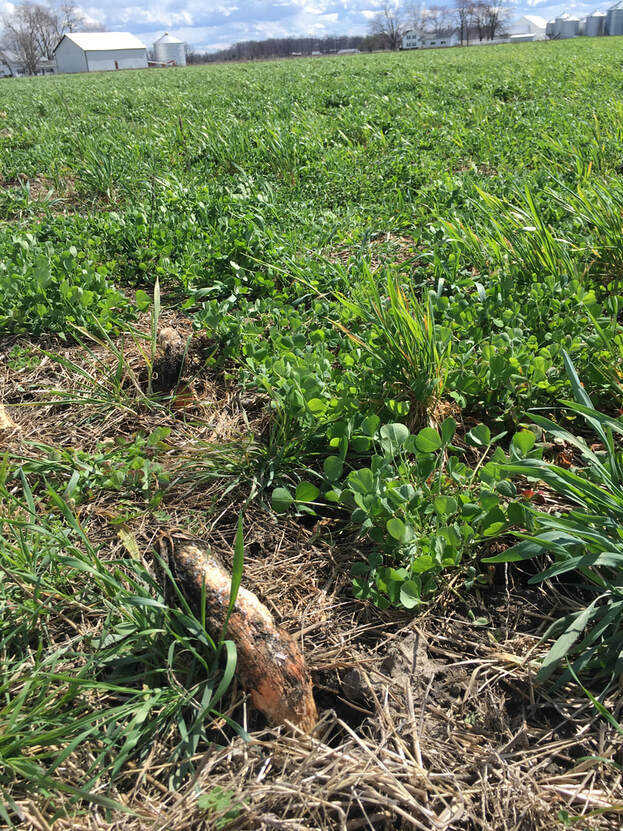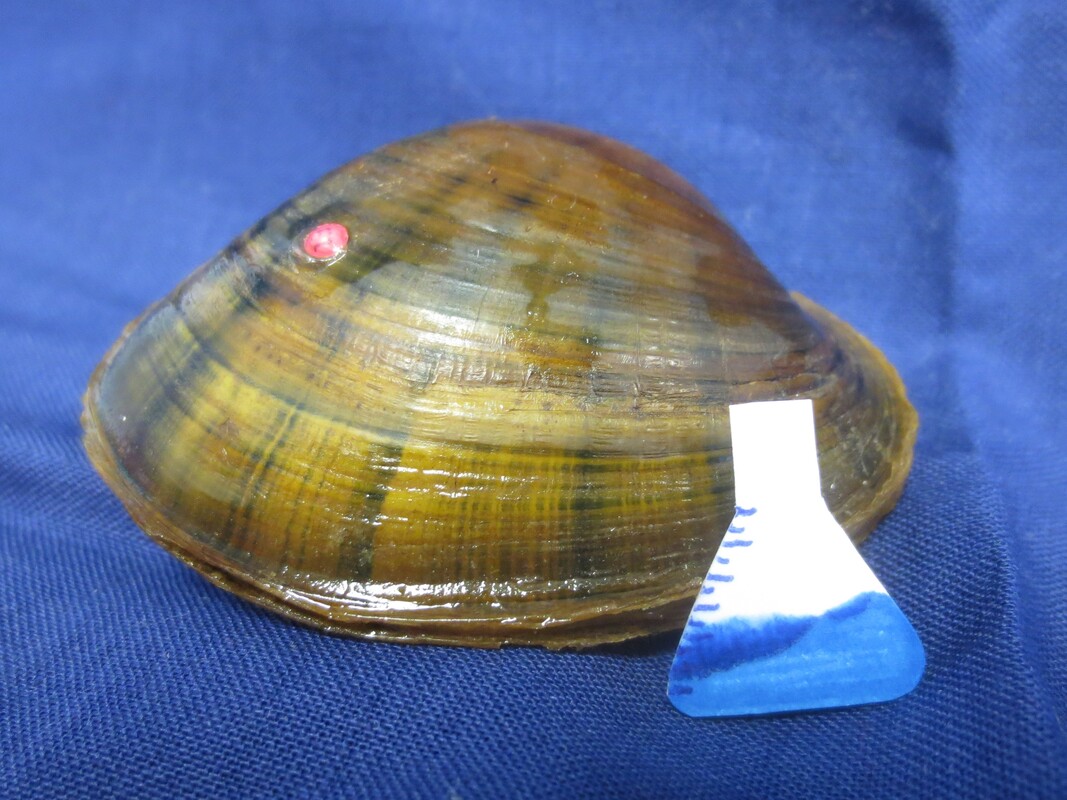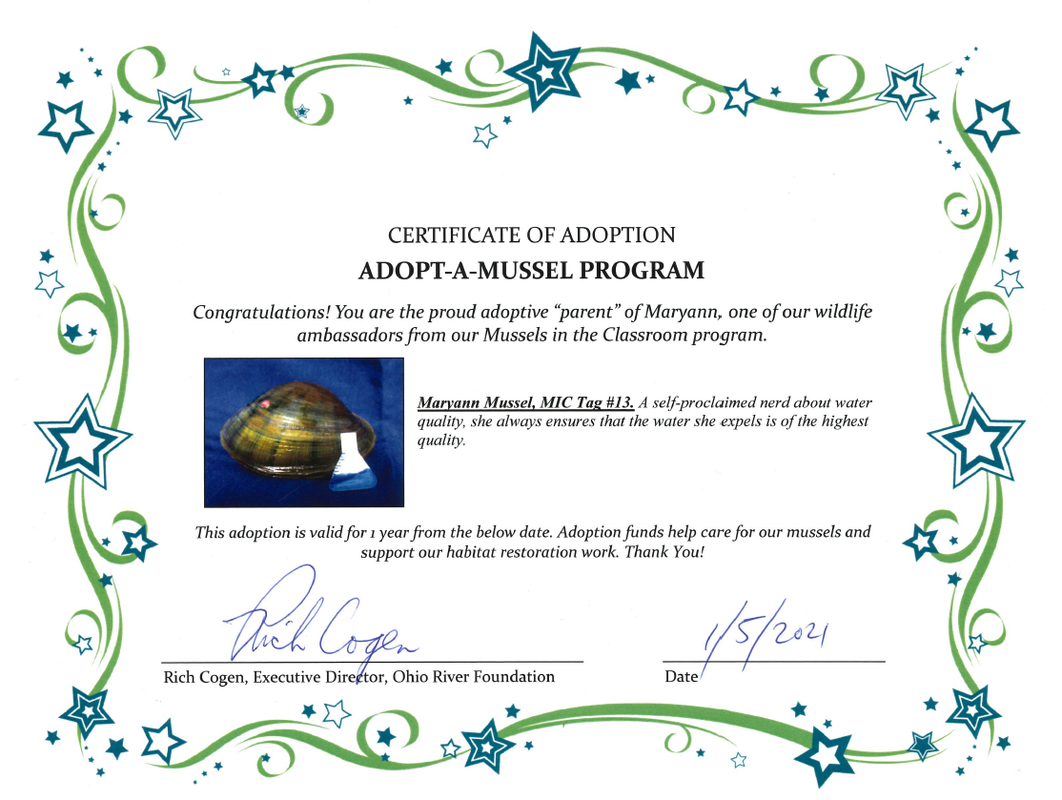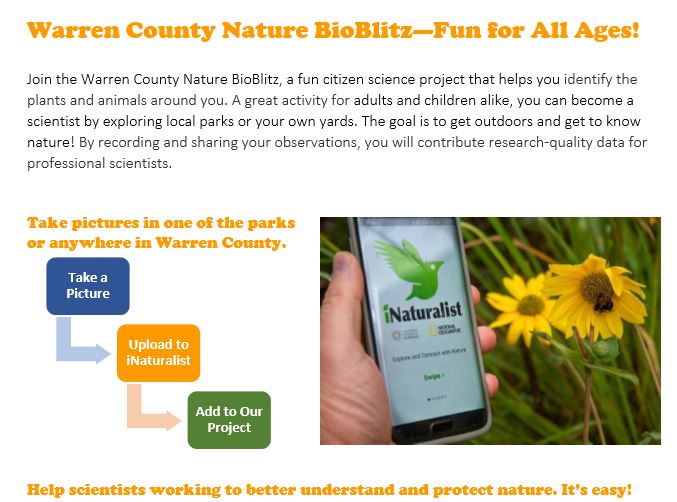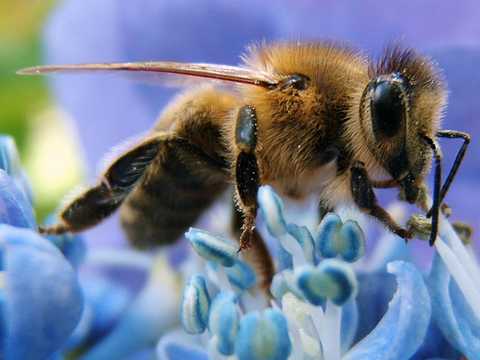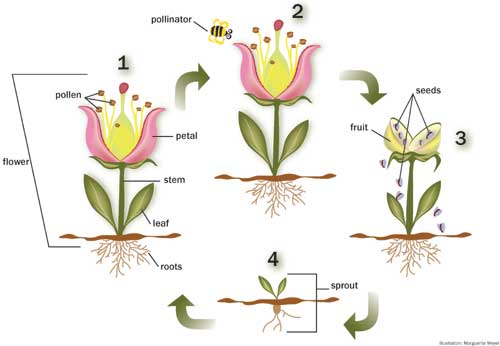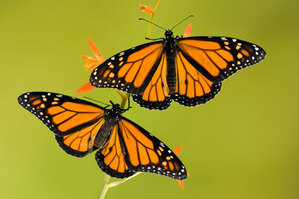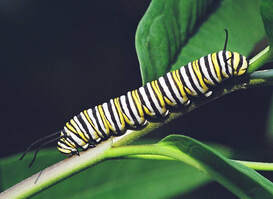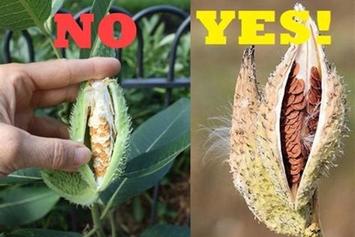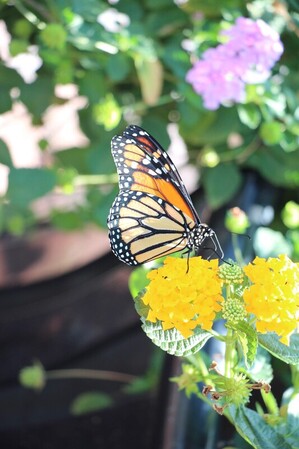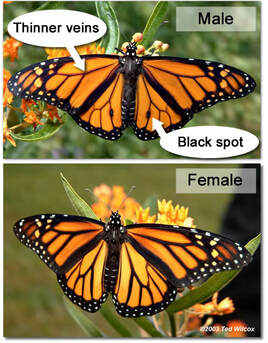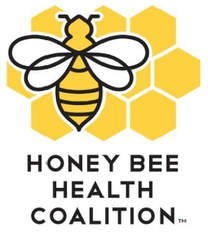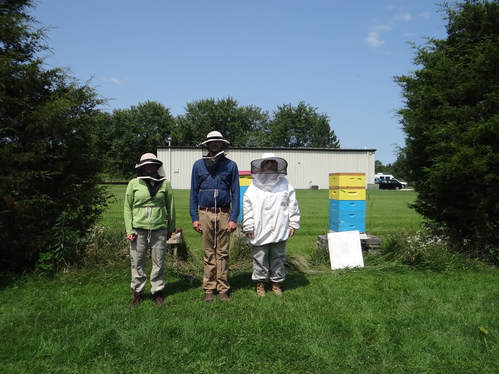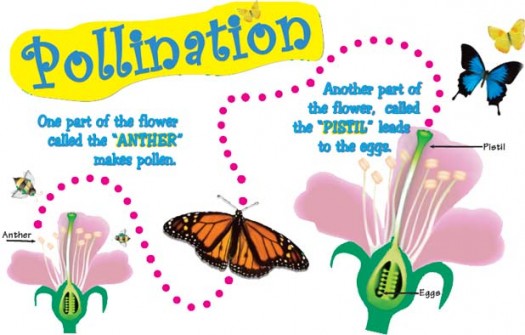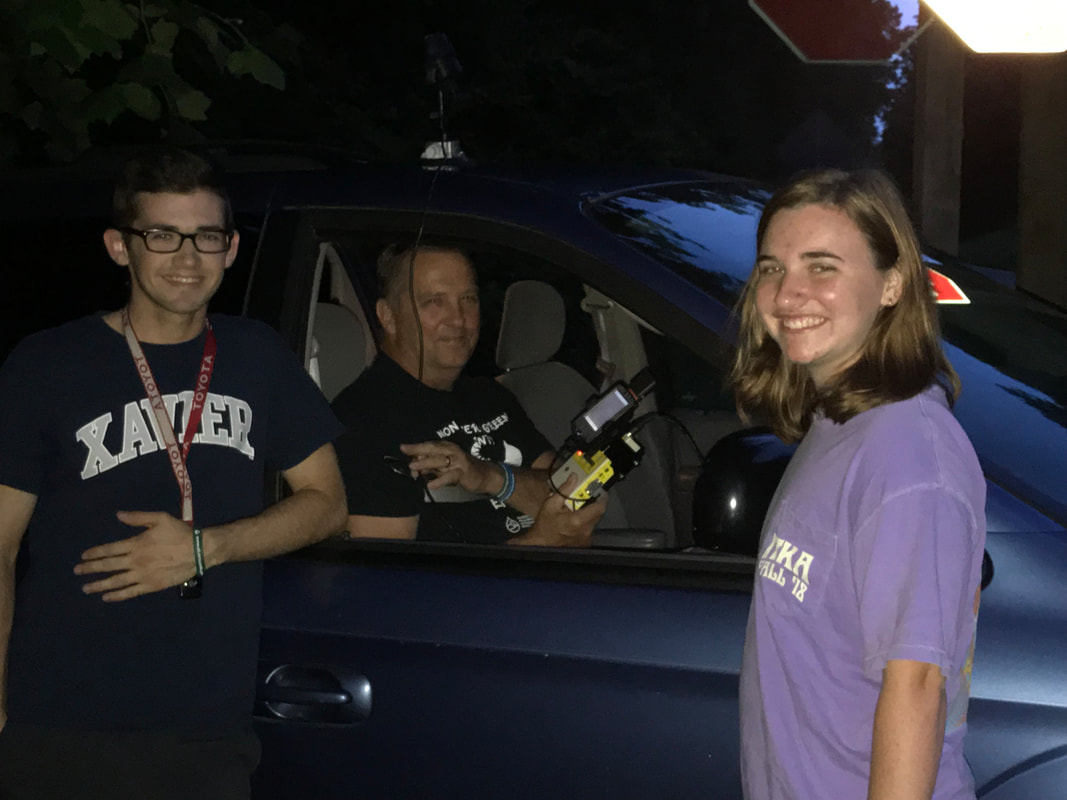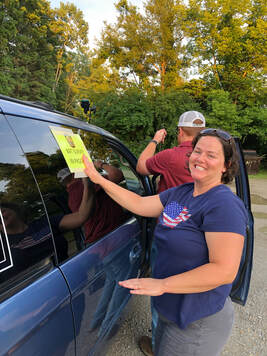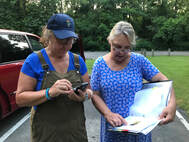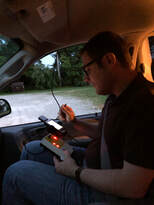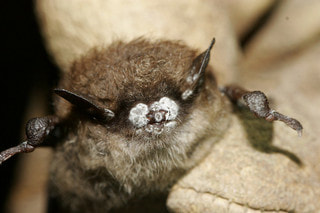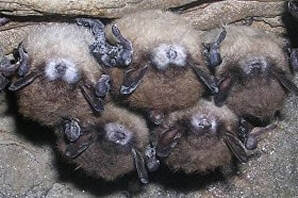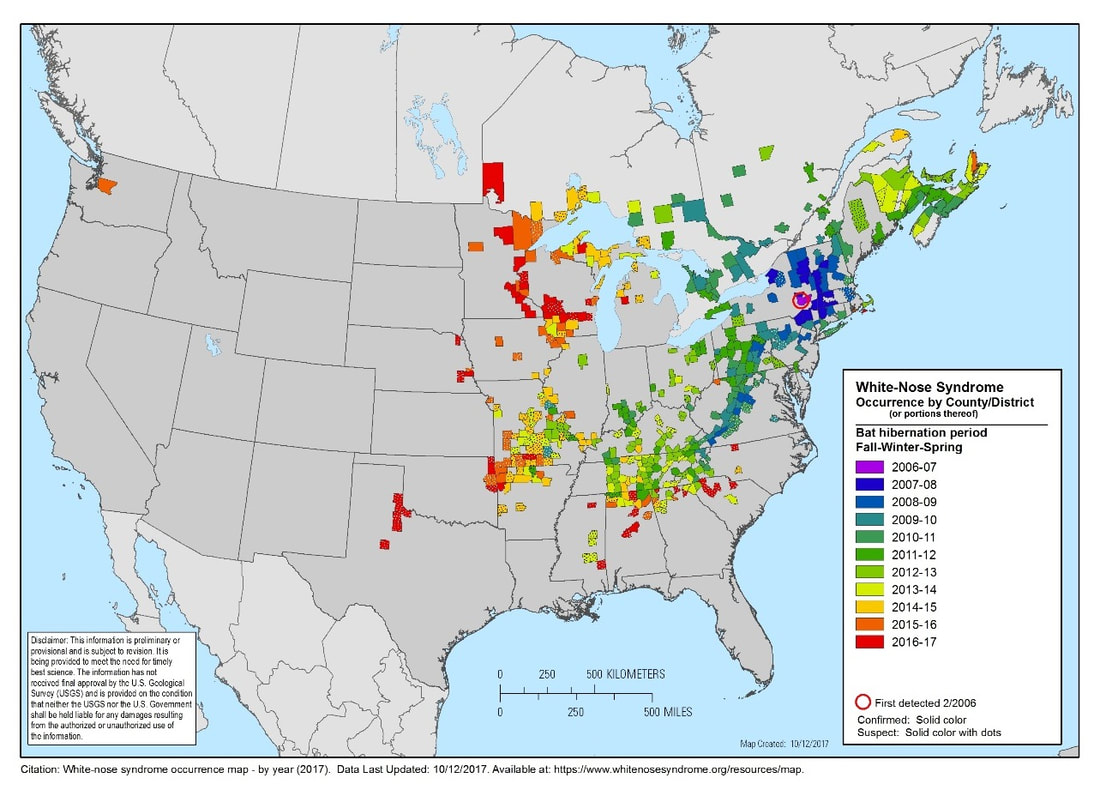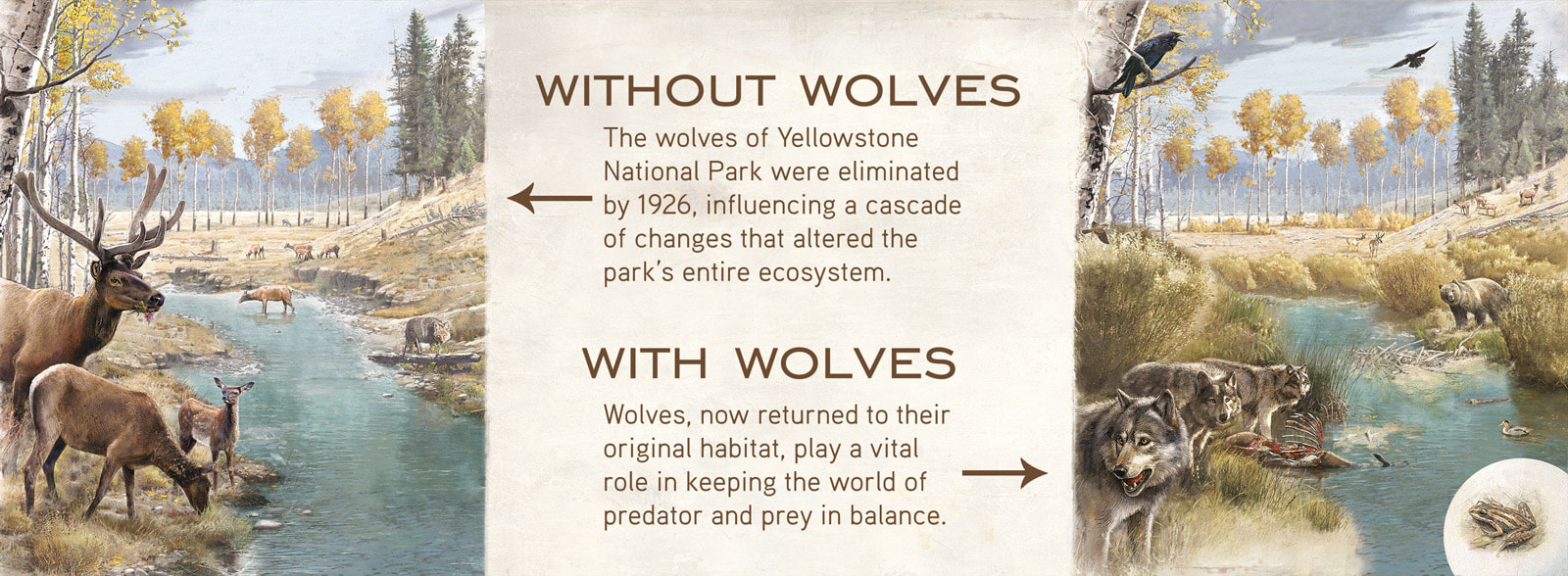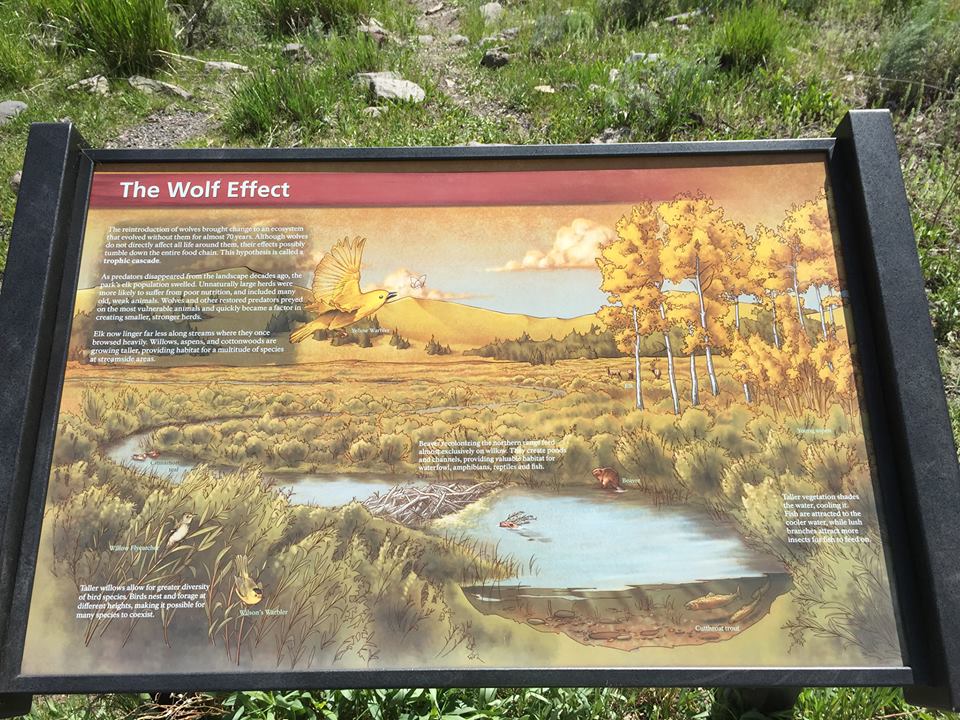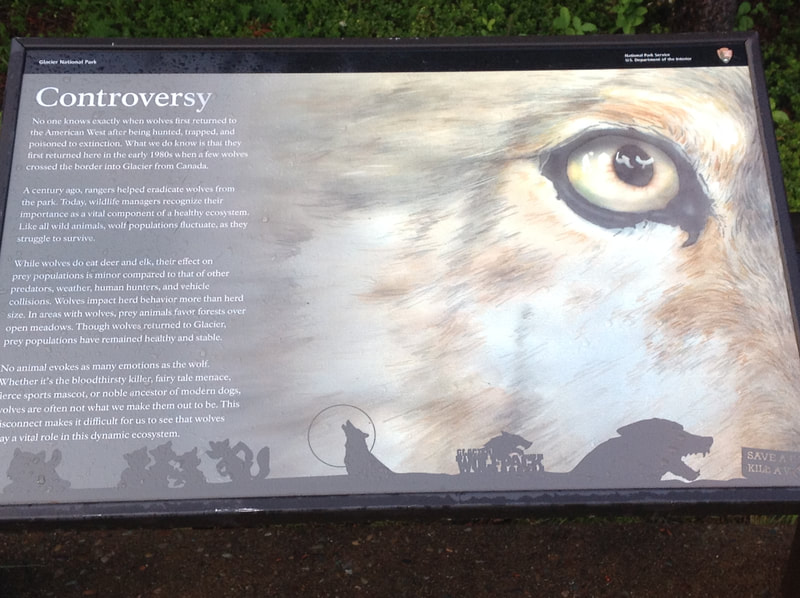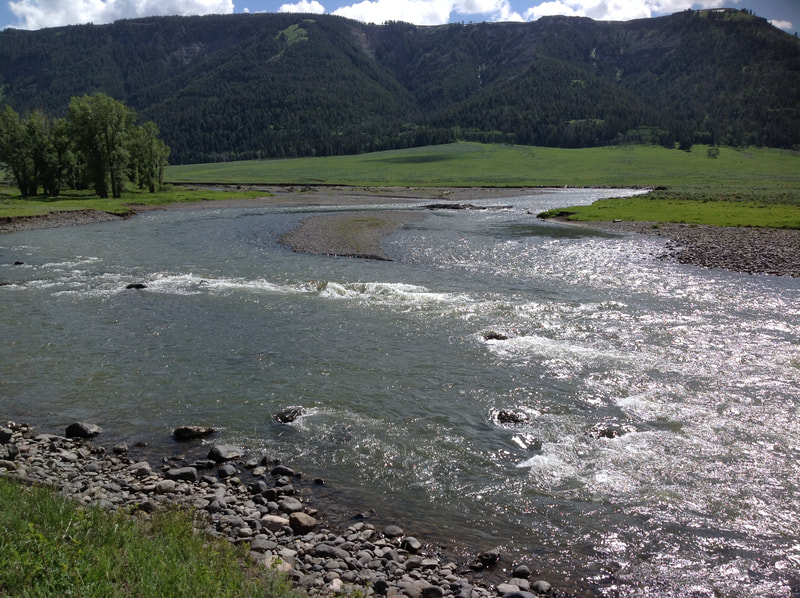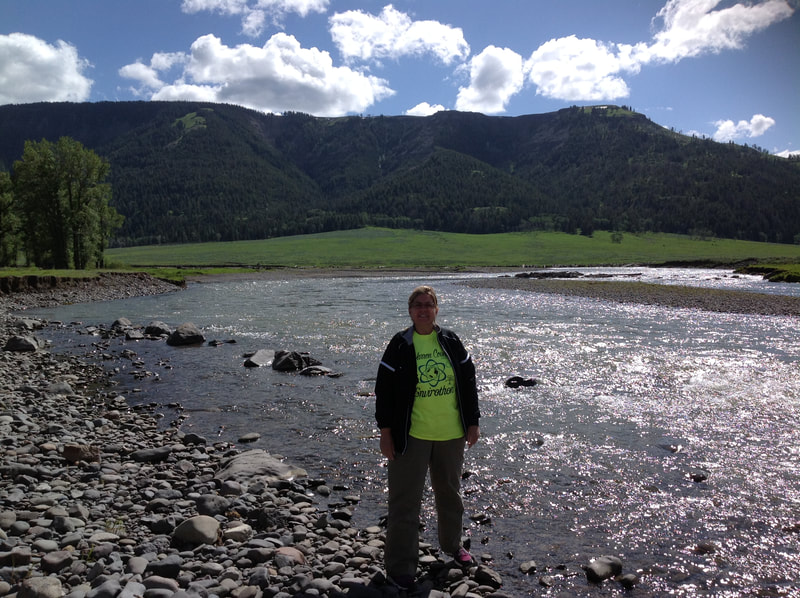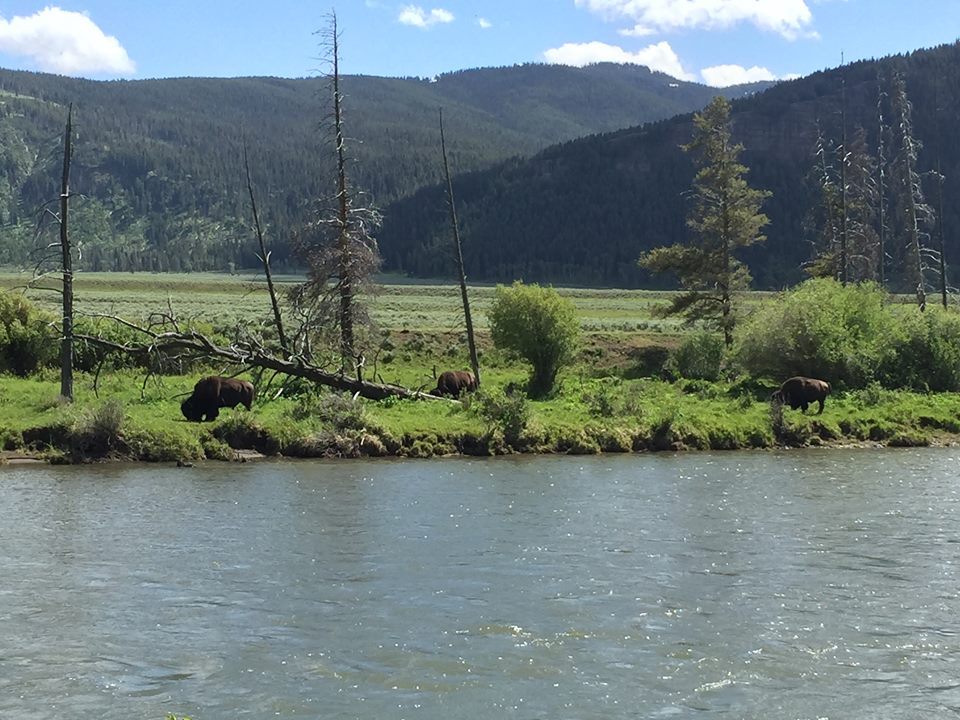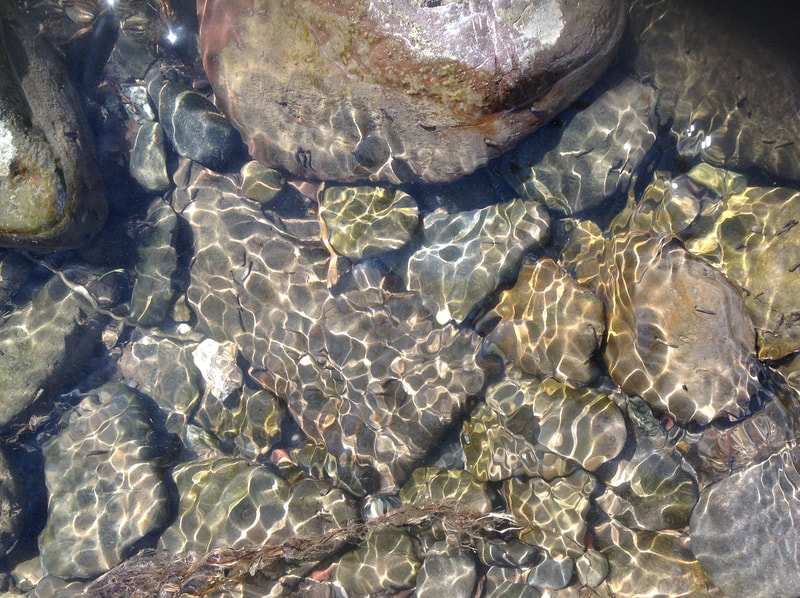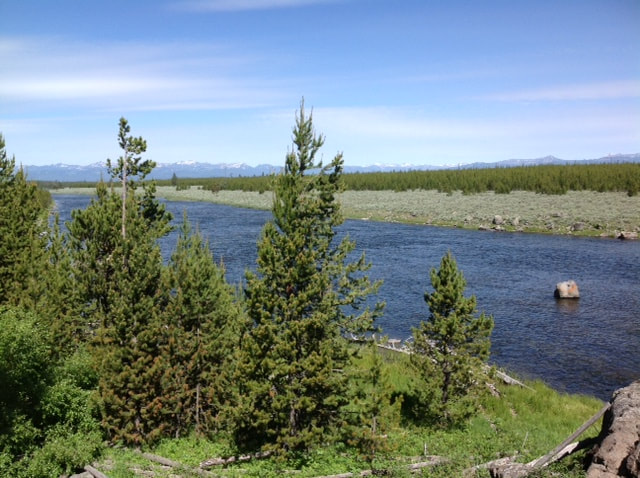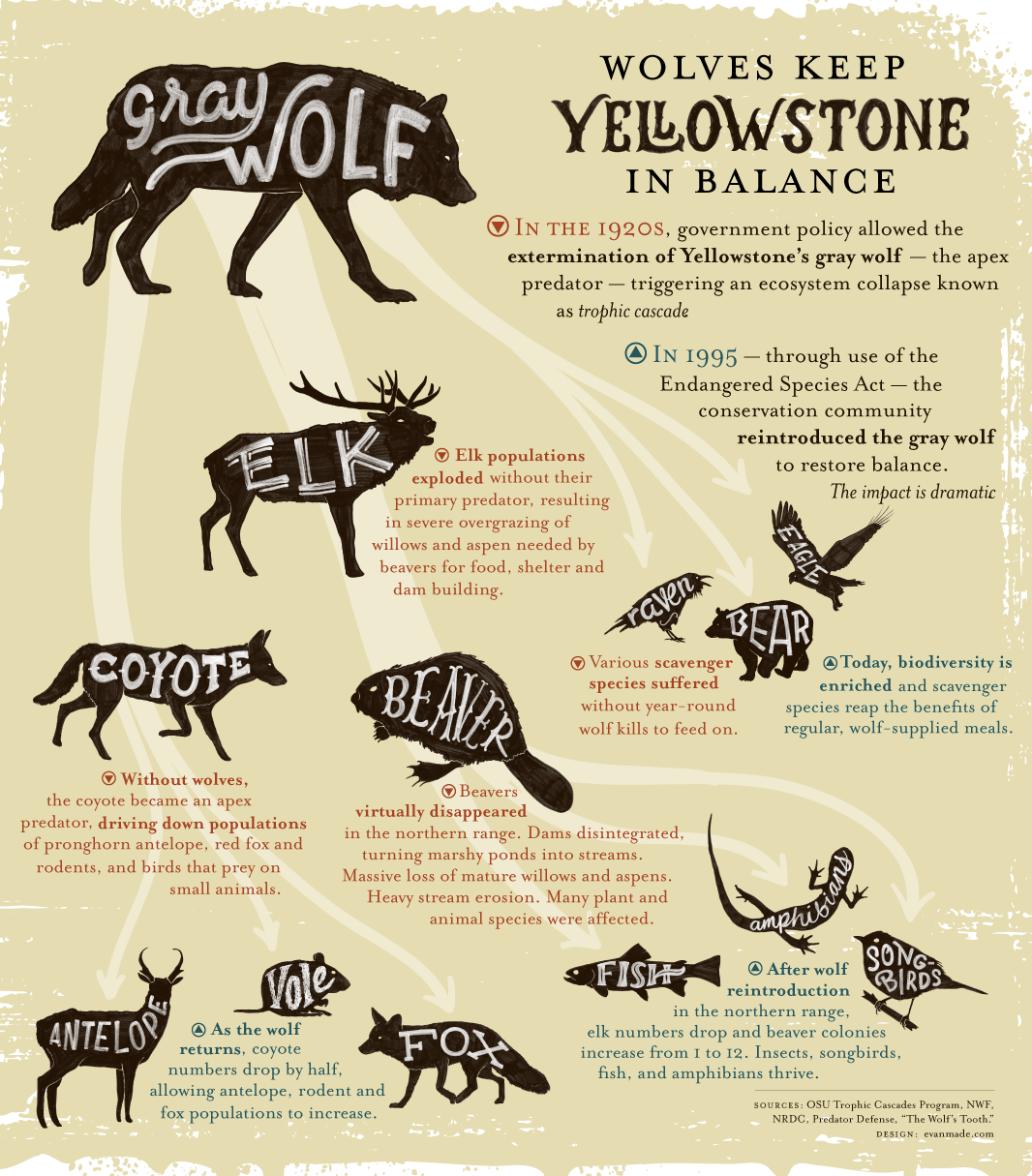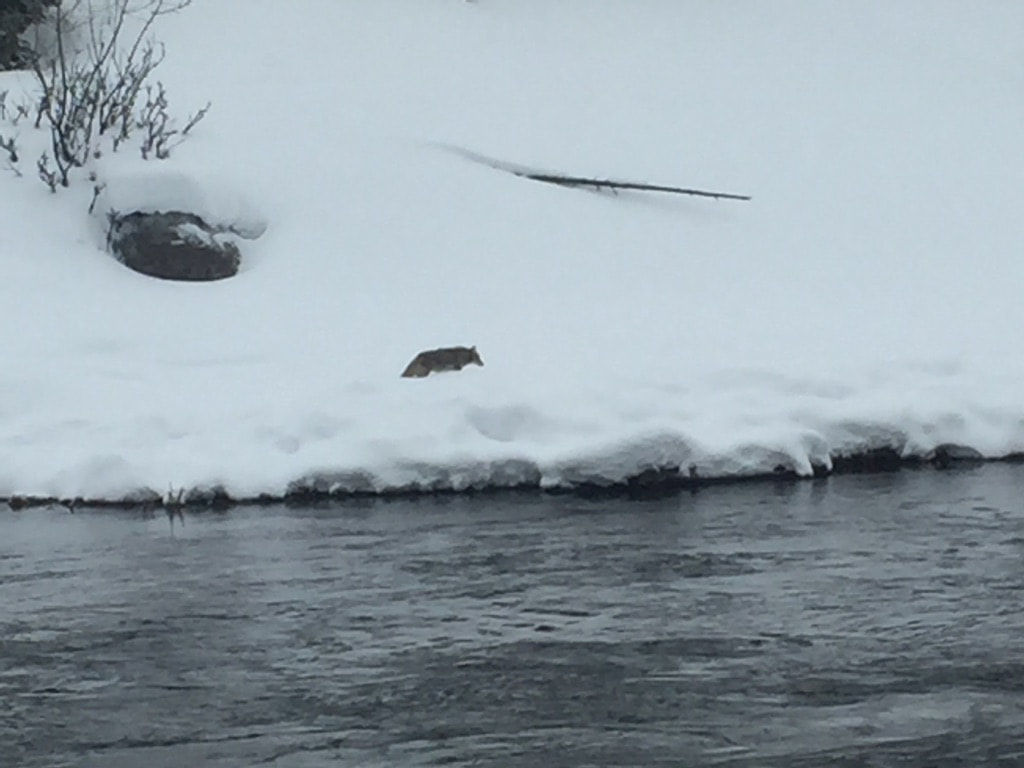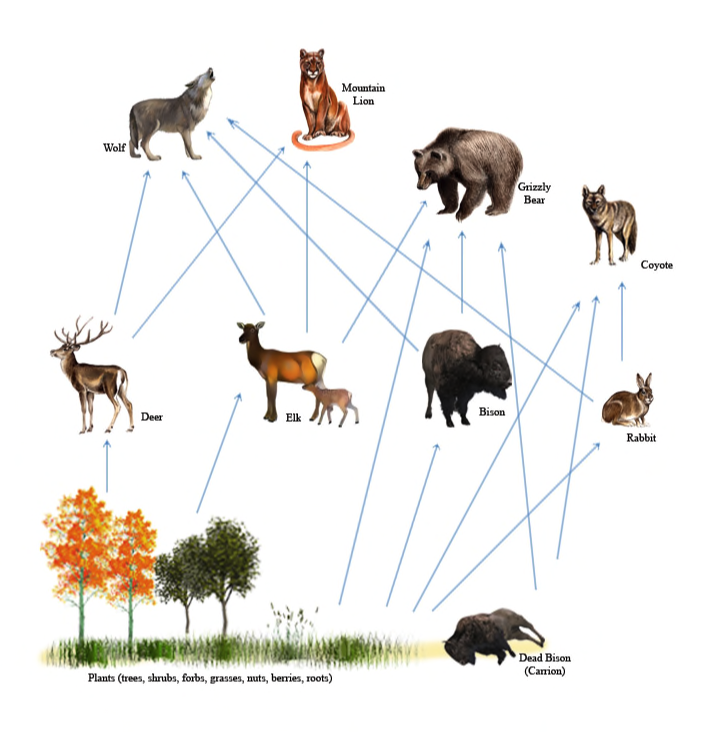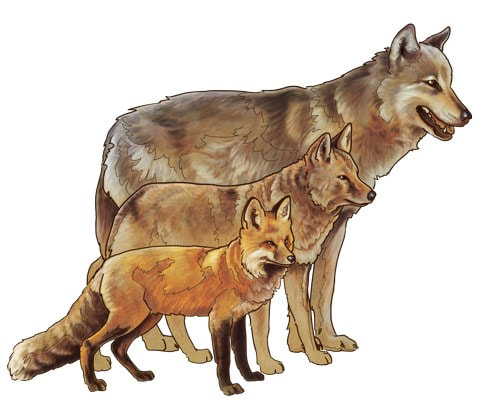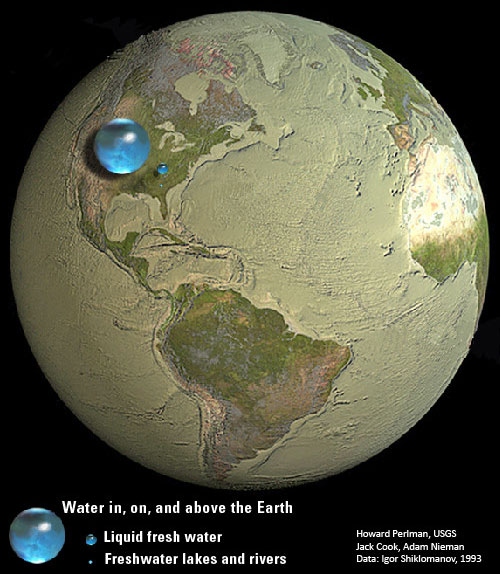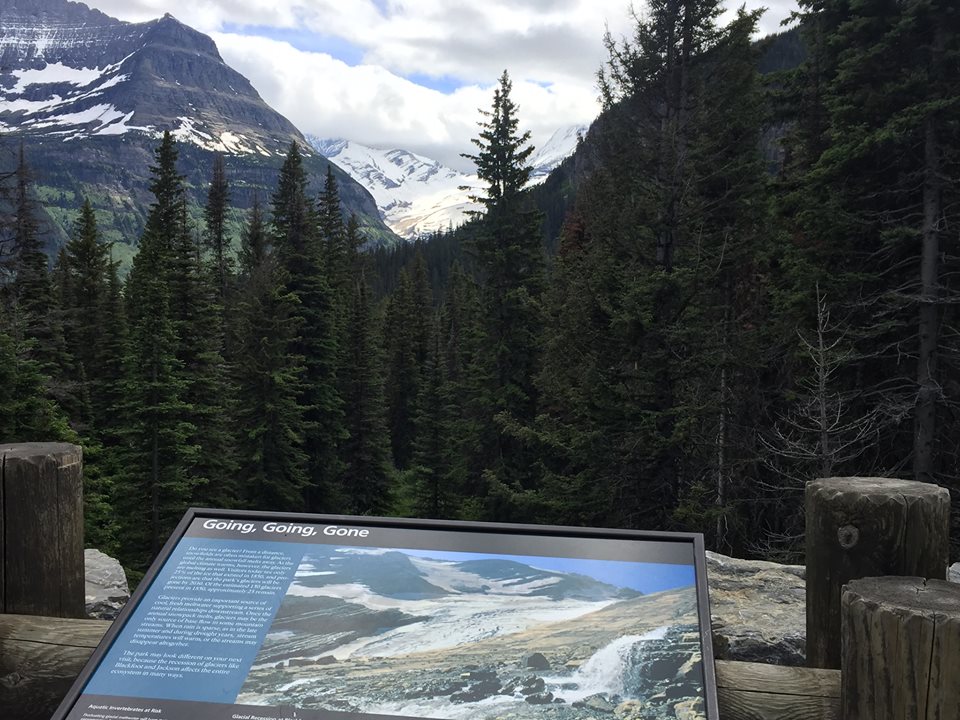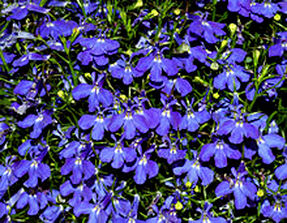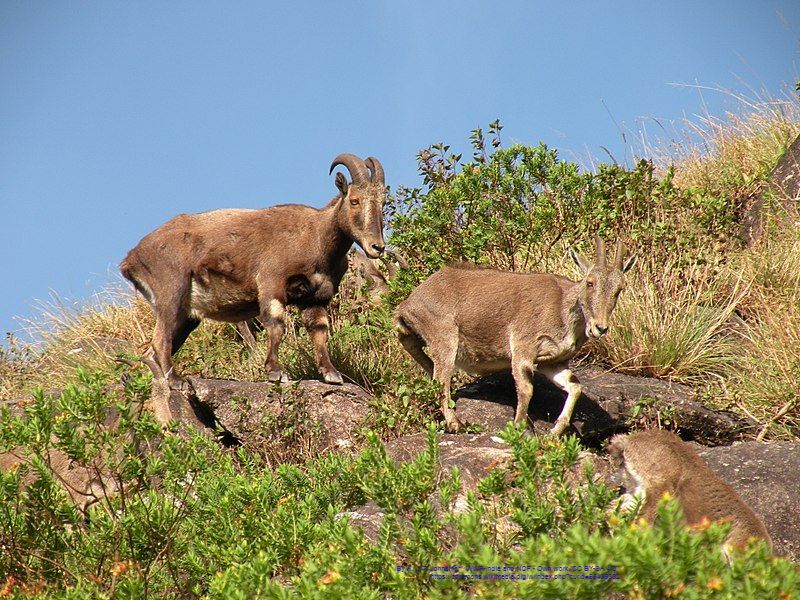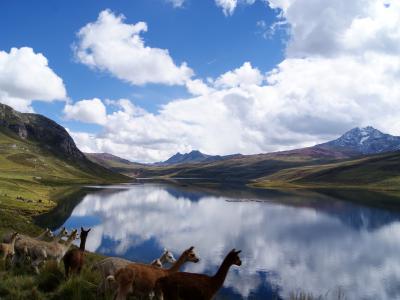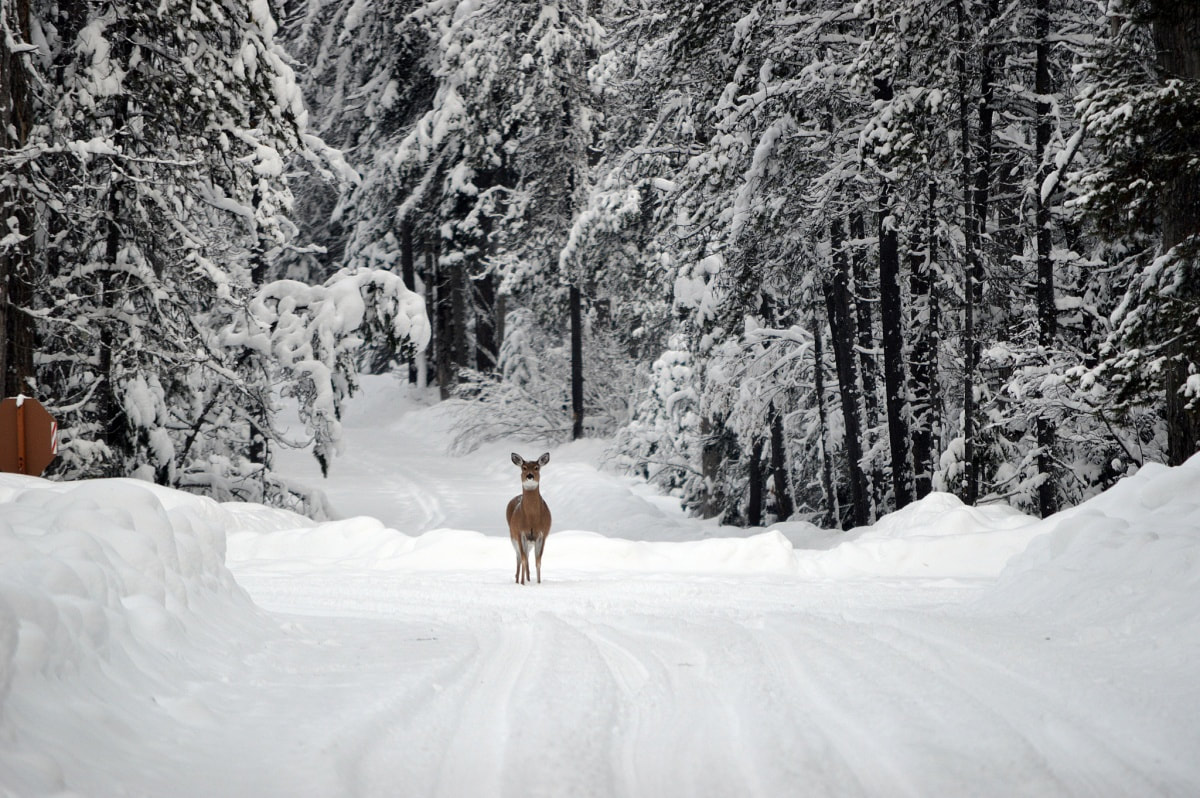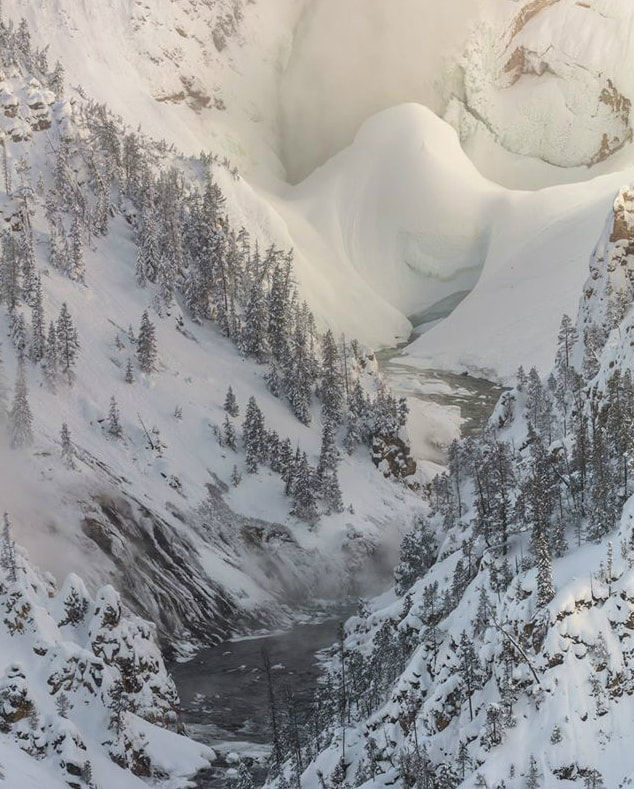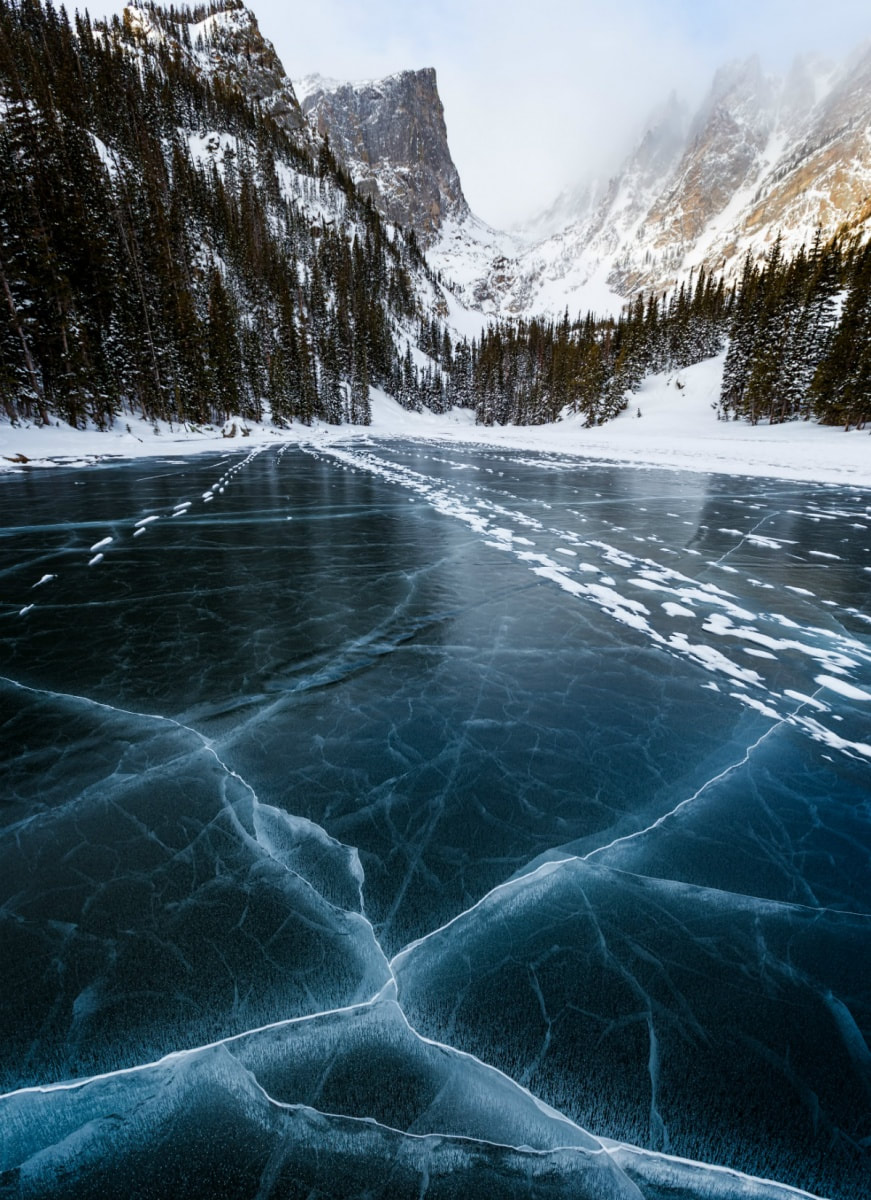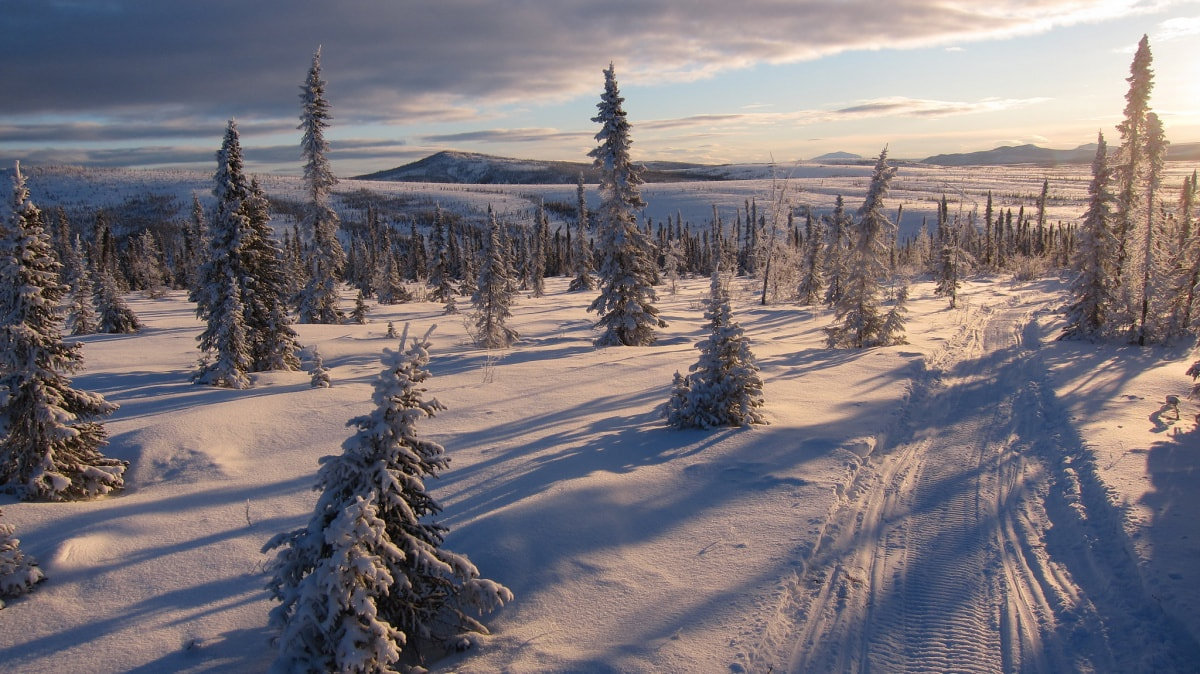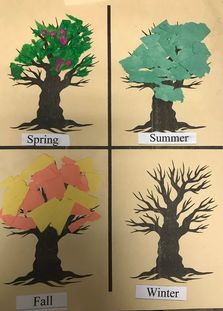|
Many of us have fond childhood memories of spending summer evenings catching lightning bugs! But did you know that they are not all the same? In fact, here in North America, there are three main families of flashing fireflies--Photinus, Pyractomena, and Photuris. You can observe the flash patterns of the lights to tell them apart! This flashing, which gives the beetle its common name of firefly, is a chemical reaction in their abdomen. Specific blinking patterns are a way for the insects to communicate, and each type has its own kind of "language".
If you enjoy watching fireflies, then put your observations to work and become a firefly watcher as part of the citizen science project Firefly Watch. Spend 10 mins a week watching firefly activity in a location of your choice and submit your findings. You will provide details about the habitat and then count the number of flashing fireflies you see over the course of 10 minutes in three 10 second periods, as well as the number of flashing patterns. Ready to get involved? Go to https://www.massaudubon.org/get-involved/community-science/firefly-watch/getting-started Happy firefly watching!
1 Comment
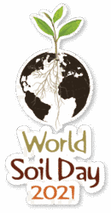 The soils of the world are diverse and allow us to produce a plethora of crops and food to support the global population. World Soil Day, celebrated annually on December 5th, was established by the Food and Agriculture Organization of the United Nations to celebrate one of our most vital resources. Soil is essential for filtering pollutants from our water, storing carbon, and providing the foundation for an estimated 95 percent of the world’s food supply. The theme for the 2021 World Soil Day is Halt soil salinization, boost soil productivity. According to the FAO, soil salinization and sodification are major soil degradation processes threatening ecosystems and are recognized as being among the most important problems at a global level for agricultural production, food security and sustainability in arid and semi-arid regions. The goal of World Soil Day aims to raise awareness of the importance of maintaining healthy ecosystems and human well-being by addressing the growing challenges in soil management, fighting soil salinization, increasing soil awareness and encouraging societies to improve soil health. Soil is a non-renewable resource that we must conserve and care for in order to continue thriving in this world. However soils are subjected to pollution and loss, especially due to erosion. Soil particles can be detached and moved out of a field by both wind and water. Wind can pick up small soil particles, transporting them long distances. Water moving along the ground surface can remove a thin sheet of soil, create small channels, or wash out large gullies. Factors that contribute to erosion: 1. Rainfall — soil erosion increases as length or intensity of rainfall increases 2. Slope length/grade — soil erosion is worse on longer/steeper slopes because water moves faster across the soil 3. Vegetation/residue — growing plants and residue protect the soil from rain impact, slow down flowing water and increase infiltration of water into the soil, as well as protecting the soil from wind erosion. 4. Soil texture/structure — Courser soils (sands) with larger pores allow for faster infiltration (less erosion) of water than soils with finer textures (clays). Soil structure is the arrangement of sand, silt, and clay particles into aggregates. Good structure at the soil surface will also allow for increased infiltration, poor structure leads to more runoff and erosion. Poor structure is associated with low organic matter, equipment traffic on wet soils, and exposure of disturbed soil to adverse weather. The costs: 1. Yield Potential — soil erosion removes topsoil, which is high in organic matter and contains the nutrients essential for crop growth. Erosion generally decreases yield potential. 2. Nutrients — nutrients needed for crop growth are located in the topsoil where fertilizers, crop residues, and manure are applied; soil erosion will decrease the nutrient content. 3. Water holding capacity — loss of topsoil organic matter can change the overall texture of a soil and result in lower water holding capacity 4. Organic matter — topsoil is high in organic matter where crop residues and manure have been added to the soil. Erosion usually results in decreased organic matter. 5. The environment — water quality in streams, lakes, etc. can be greatly negatively affected by sediment and nutrients that are brought in by soil erosion. Wind erosion can result in reduced air quality. Possible Solutions on the Farm: 1. Reduce tillage — tillage exposes soil to the environment and makes it more likely to be eroded by wind or water. 2. Manage crop residue — keeping crop residues on the soil surface helps protect soil from wind, rain, and running water. Residue can protect soil from erosion when crops are not growing in a field 3. Grass waterways — maintaining grass waterways in low areas where a high volume of runoff is possible will slow the speed of running water and allow for sediment to be kept in the field. 4. Cover crops — cover crops allow protection for a field during times of the year when crops are not growing. Cover crops protect the soil from wind, rain, and running water. 5. Row width/direction — narrower crop rows will canopy sooner and allow for better protection of the soil. Crop rows that are planted perpendicular to slopes will decrease runoff and increase infiltration vs. rows that are planted in the same direction as the slope ...And in the Neighborhood: 1. Stabilize soil by mulching with shredded bark, wood chips, leaves, or even pine needles - Look for locally sourced materials and cover bare patches of soil, hill sides, and spaces between plants. 2. Ground Cover - From lawn daisies to clover, keep it covered. The roots of larger perennial plants do the job too of reducing erosion. 3. Rain Gardens & Plant Catchments - Catch and control water when it’s moving downhill by creating a rain garden. A well-positioned rain garden can cut down on erosion and the possibility of pollutants reaching neighboring tributaries by over 30%. To plant a rain garden, select water loving plants adapted to your region and climate, and add stones and other features to direct the water. Soil erosion has a large number of negative effects to both crops and the environment. It is important to use various management practices to protect the soil’s surface and minimize the likelihood of erosion. We all have soil to thank for the food on our tables and our ability to thrive on the planet. Recognizing its importance and what steps can be taken to protect this vital resource are critical to that continued existence.
The Warren County Soil and Water Conservation District has gained a new team member: Maryann the freshwater mussel. Maryann is very passionate about the water quality of her river because she is a filter feeder! If the water quality in her river is poor, Maryann will be negatively affected by a toxic diet. Freshwater mussels help keep our rivers clean, making them vital to the aquatic ecosystems in Ohio. According to the U.S. Fish and Wildlife Service, 11 freshwater mussel species have become extinct, and 46 more are struggling on the endangered species list. The Ohio river basin, encompassing 14 states and over 25 million people, is home to 41% of freshwater mussel species native to North America. Our streams and rivers empty into the basin, eventually emptying into the Mississippi River and the Gulf of Mexico. Freshwater mussels filter feed anything and everything we dump into our rivers, causing mussel species in Ohio to be disproportionately affected due to dense populations of mussel species. More specifically, the Little Miami River holds 36 species of freshwater mussels, including two threatened species. Not only are mussels threatened by water pollution, they are also fighting for resources with the invasive Zebra Mussel species. Zebra mussels are native to Eurasian freshwater bodies, but spread through dumping ballast water into the Great Lakes by ships from Europe. Zebra mussels thrived in this new environment with no natural predators, allowing them to spread rapidly across the country. Native mussel species are reducing in number due to these invasive mussels, causing a decline in overall biodiversity in our rivers. Freshwater mussels are vital for our rivers’ ecosystem filtration, but many species are declining in population due harvesting for shiny buttons, and nutrient rich sea food in the past. Human impact on the freshwater mussel population can be greatly reduced by keeping our rivers clean, helping to reverse the negative affects of previous harvesting. According to the Ohio River Foundation, our river is a source of drinking water for more than five million people. Without freshwater mussels digesting harmful bacteria such as E. coli, our rivers would become very dirty. Article written by WCSWCD Intern Abbey Raison It is incredibly important that we all do our part to prevent water pollution in our river and consume fewer mussel products to protect the native species of freshwater mussels. You can adopt a mussel just like Maryann! Visit https://secure.donationpay.org/ohioriverfdn/adopt.php to adopt the mussel of your choice, and help the Ohio River Foundation protect the freshwater mussel population. According to the Ohio River Foundation website, "The donors of the Adopt a Mussel program provide much needed funds for food, aquariums and other supplies needed to care for and house these important conservation ambassadors for our Mussels in the Classroom program." These education initiatives align with those of Warren County SWCD and we are proud to support water quality education! For questions regarding Warren County Soil and Water Conservation District programs and/or technical assistance on water or soil questions, visit http://warrenswcd.com or call, 513-695-1337.
Additional Resources:
Step 1. Download the free, easy-to-use iNaturalist app (www.iNaturalist.org). After you create your iNaturalist account, search for project “Warren County Nature BioBlitz”. If you have questions about how to use the app, go here: www.inaturalist.org/pages/help
Step 2. Between Memorial Day and Labor Day, go outside with your smartphone or camera and become an “Observer.” Look for any and all natural life and snap photos (“observations”) to upload into our project. According to the Department of Natural Resources, Ohio has about 56 species of mammals, 200 species of breeding birds, 84 species and subspecies of amphibians and reptiles, 170 species of fish, 100 species of mollusks, over 4,000 species of plants and fungi, and countless species of insects and other invertebrates. We can’t wait to see what you discover and share with our project! Questions? Contact Naturalist Shannon at [email protected] For a list of Warren County Park District properties, visit www.co.warren.oh.us/Parks  As we celebrate the legacy of Aldo Leopold, the father of wildlife ecology in the United States, I wanted to share an amazing resource for teachers: The Leopold Education Project. The LEP is an interdisciplinary environmental education curriculum. Targeted mainly to middle school and high school students, it can also be adapted for use with families, adults, and elementary age children. Its goal is to create an ecologically literate citizenry by heightening student awareness of the natural world; fine-tuning the skills necessary to read the landscape; and instilling a love, admiration, and respect for the land so that each individual may develop a personal land ethic. The objectives of the Leopold Education Project are:
The LEP curriculum is distributed by a volunteer network of State Coordinators, who organize workshops to train formal and non-formal educators throughout the country. LEP State Coordinators also have access to discounted rates on the LEP curriculum, so workshops are an excellent (and economical) opportunity to add Leopold’s land ethic to your teaching toolbox. To learn more and to find a state coordinator or purchase this LEP curriculum, visit The Aldo Leopold Foundation.
"Believe it or not, you have a bee to thank
for every one in three bites of food you eat."
Each day, pollinators are responsible for 1 out of 3 bites of food we intake on average. Many pollinators are at a critical point in their own survival; there are various reasons contributing to their decline. One thing is for certain, providing more pollen and nectar sources from native flowering vegetation will improve the health and numbers of our pollinators. Pollinator-friendly gardens and landscapes also revive the health of bees, butterflies, moths, birds, bats and other pollinators.
What is the Million Pollinator Garden Challenge (MPGC)?
The Million Pollinator Garden Challenge is a nationwide call to action to preserve and create gardens and landscapes that help revive the health of bees, butterflies, birds, bats and other pollinators across America. As we explore and enjoy the "great outdoors", take time to make connections between pollinators and the healthy food we eat. http://millionpollinatorgardens.org/partners/
Annual Milkweed Pod Collection:
September 1st and goes until October 30th (pods accepted thru November 1st)
The Ohio Pollinator Habitat Initiative is calling on all Ohioans for another year of Milkweed pod collections! This project started in 2015 as a 7 county pilot and since that time hundreds of Ohioans have worked together collecting thousands of pods across the state.
Milkweed is the host plant for the Monarch butterfly for egg laying and caterpillar rearing. It also serves as a food source for Monarchs and many other pollinator species. . The disappearance of milkweed across the U.S. has contributed to the 80% decline of the eastern monarch butterfly population over the last 20 years. We are working hard in Ohio to change this, and you can help! Here are helpful and simple collection tips: • Before you collect seed pods, become familiar with the common milkweed to avoid harvesting pods from similar plants such as hemp dogbane (a poisonous herb) or swamp milkweed. • It is best to collect the pods when they are dry, grey, or brown. THIS is IMPORTANT! Pod collection starts Sept 1 and runs through Oct 31… please use September as the benchmark time to locate milkweed plants and to keep an eye on the pods while they ripen; then pick them once they look like the picture shown below. • If the center seam pops with gentle pressure, they can be harvested. • Store the pods in paper bags (vs. plastic bags collect unwanted moisture). • Place the date and county collected on the bag when you turn them in. • Keep the pods in a cool, dry area until you deliver them to the nearest collection site as with Warren County Soil and Water Conservation District located in Lebanon, Ohio or you can find the nearest collection site at: www.agri.ohio.gov/wps/portal/gov/oda/divisions/soil-and-water-conservation/find-a-local-swcd/swcd-list
Numerous pollinator species are at risk; many are listed as federally endangered or threatened. Disturbances such as habitat loss, climate change and application of pesticides contribute greatly to diminishing populations and disrupting ecological interactions.
Become a Bee Spotter...The Cincinnati Zoo has teamed up with Bee Spotter to learn more about the bees in the greater Cincinnati area, and we need your help! Simply snap pictures of bees that you see and submit it with a date and location to beespotter.org/cincinnatizoo. An expert will identify the species and add it to the database.
Native & Local Plant Sale:
Visit the Zoo’s EcOhio Farm and Wetland in Warren County, Saturday September 29th, 2019
Learn more about native local plants and about the group "Pollen Nation" that supports pollinator conservation. Multiple beehives on EcOhio Farm are home to thousands of honeybees that help pollinate the entire ecosystem. Observe honeybees up close through an observation frame, and learn how these busy creatures keep people, and their hives, fed.
EcOhio Farm is located at 2210 north Mason-Montgomery Road, Lebanon, OH 45036.
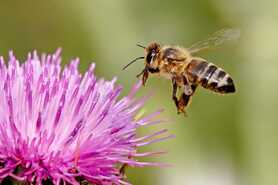
National Geographic - Honeybee Apis mellifera:
animals.nationalgeographic.com/animals/bugs/honeybee/
It's A Rap! Warren County Soil and Water Conservation District wishes to thank our Earth Team Volunteers, Staff, Interns, Partnerships and OCVN's for assisting with Bat Acoustic Surveys this past July. We will highlight some of our results at a "Tech Free Tuesday" Event held on August 6th at Landen Deerfield Park. Come learn about our beautiful, native bats, real bat biofacts and build a batty craft! These programs are FREE to the public! Programming starts at 10:00 am. Address: Deerfield Township 2258 W. St. Rt. 22/3, Maineville, Ohio 45039 What Bats Do For Us One of the most important things bats do for us is consume vast amounts of insects each night; many of these insects are damaging agriculture pests. In fact, pregnant or nursing mothers of certain bat species can consume their body weight in insects each night. Scientists estimate that throughout the United States bats help save farms $3.7 billion a year in reduced crop damage and pesticide use. Bats also save over $1 billion in the corn industry alone. Ohio's bats are "insectivores". Controlling the pest population is not the only thing bats do, they are also pollinators of certain plants and disperse seeds. "Bats are an important part of the ecosystem and do more for us than we even realize." - Sidney Thomson Acoustic Bat Survey photos from the Caesar Creek/Warren County route that also ventures into Clinton and Greene Counties. What You Can Do Warren County Soil and Water Conservation District partners with the Ohio Division of Wildlife (ODNR) to perform acoustic bat surveys in July; this is a perfect way for people to get involved in tracking populations of bats. In addition, ODNR trains others, county-wide, to perform bat monitoring surveys throughout Ohio. Look on ODNR's website for more information. Another great way to help bat populations is to build a bat house and count the number of bats that use the house. Being mindful and minimizing the disturbance of bat habitats or places that bats are known to hibernate helps their over-all population and ecosystems. A big factor that increases bat populations is to avoid the possible spread of White Nose Syndrome by people. Bats slowly reproduce, female bats typically have one pup at a time, so it is important for us to do whatever we can to protect our bats.
Data from this project allows the Division of Wildlife to monitor population changes for bats through long-term assessments. As potential threats to bat populations increase in Ohio (e.g., White-nose Syndrome, habitat destruction), it is imperative that we continue to monitor and assess our Ohio bat populations. White-nose syndrome (WNS) is a disease caused by a fungus that affects bats. It is considered one of the worst wildlife diseases in modern times; the fungus, called Pseudogymnoascus destructans or Pd for short, has killed millions of bats across North America. Pd grows in cold, dark and damp places; it attacks the bare skin of bats while they are hibernating in a relatively inactive state. Pd sometimes looks like a white fuzz on the faces of bats, As the Pd fungus grows, it directly causes changes in bats, making them become more active than usual. Bats with white-nose syndrome may do strange things like fly outside during daytime in the winter. The infected bats burn up fat that is crucial to survive the winter. Besides, Ohio's Bats are nocturnal. In 2007, Biologists first noted bats were sick and dying from white-nose syndrome in caves near Albany, New York. Cave explorers had taken a photo of bats with a white powder on their noses the year before in this same area. Thus, white-nose syndrome has been in North America since at least 2006. WCSWCD Volunteer Opportunities: https://www.warrenswcd.com/volunteer-opportunities.html Acoustic Bat Survey photos from the Little Miami State Park route. Other WCSWCD Wildlife/Ohio's Bats Blog publications: https://www.warrenswcd.com/education-connection-a-blog/sleep-all-day-stay-out-all-night-no-wonder-we-love-our-ohio-bats https://www.warrenswcd.com/education-connection-a-blog/help-protect-bats-and-their-habitats Authors and Contributors; Sidney Thomson, Ben Haynes and Marta Farrell
Since the 1995 reintroduction of wolves in Yellowstone, wolves are causing a trophic cascade of ecological change, including helping to increase beaver populations and bring back aspen, and vegetation. Wolves are highly social animals that live in packs; pack sizes depend on the size and abundance of prey. In Yellowstone, ten wolves is an average pack size. The pack is a complex social family including older members (often the alpha male and alpha female) and subordinates. Each wolf has individual personality traits and roles within the pack. Packs defend their territory from invading packs by howling and scent marking with urine. Wolves Feed Other Animals: The remains of a carcass left behind, unfinished by wolves, help feed grizzly bears, bald eagles, wolverines and many other scavengers. Wolves consume a wide variety of large and small prey. They efficiently hunt large prey that other predators cannot often kill, like Bison. In Yellowstone, roughly 90% of their winter prey is elk and 10–15% of their summer prey is deer. Other animals benefit from wolf kills. Like when wolves kill an elk, ravens arrive almost immediately. Coyotes arrive soon after, waiting nearby until the wolves are sated. Bears are usually successful to chase the wolves away. Many other animals, from magpies to invertebrate, consume the decomposing remains. Discover the history of wolves in Yellowstone, including what happened to the ecosystem when they were eradicated and when they were reintroduced Jan 12, 1995: https://www.yellowstonepark.com/park/yellowstone-wolves-reintroduction The loss of a breeding wolf can affect the fate of the pack: In 2012, biologists at Denali National Park and Preserve noted a drop in wolf sightings following the death of a breeding female from a pack that lived along the Denali Park Road. This was one of several instances where the death of an individual wolf from legal trapping or hunting sparked widespread attention. "The death of a breeding wolf could harm the packs that provide the greatest opportunities for park visitors to see a wolf in the wild, either through a lack of reproduction or the loss of the entire pack." www.sciencedaily.com/releases/2014/07/140708103107.htm Biotic (living) and nonliving (abiotic) resources are linked by energy that flows through an ecosystem. Each tropic, or energy, level plays a role in an ecosystem. Food Webs demonstrate the flow of energy through an ecosystem; this helps illustrate how energy is lost between the tropic levels. Energy Pipeline shows how energy from the sun affects top predators such as owls and humans.
Wolves Strengthen Ungulates: Wolves cull sick, old and genetically inferior elk and deer, allowing the healthiest individuals to breed and perpetuate their species. Wolves Improve Riparian Areas: Wolves have redistributed the elk herds, allowing vegetation to recover along rivers and streams. More willows and aspens provide food for beavers. More beaver ponds benefit aquatic plants and animals. Shade from the trees cools the water, making the habitat better for trout. Wolves Decrease Coyote Populations: Wolves kill coyotes, so rodent populations increase, benefiting struggling birds of prey. Also, with fewer coyotes, pronghorn antelope calves are less likely to be preyed upon. Wolves Boost Ecotourism: The reintroduction of wolves to Yellowstone has attracted thousands of new visitors each year, adding millions to the local economy annually. Educational Materials ODNR/Ohio Division of Wildlife: http://wildlife.ohiodnr.gov/education-and-outdoor-discovery/conservation-education-project-wild/education-materials
Mammals of Ohio Field Guide: http://wildlife.ohiodnr.gov/portals/wildlife/pdfs/publications/id%20guides/pub344.pdf "I've learned that people will forget what you said, people will forget what you did, but people will never forget how you made them feel." -Maya Angelo
World Water Day – March 22, 2019 Water is the building block of life. For some, it’s easy to take water for granted..."it just comes out of the faucet anytime you want it." Yet around the globe, there are people who don’t have access to clean, safe drinking water. March 22, World Water Day, is dedicated to drawing attention to the water related issues that affect humans in almost every country. As created by the United Nations, the goal of World Water Day is to bring aide to people who are truly in need. Try to reduce your water footprint: https://nationaltoday.com/world-water-day/ Earth is the only known planet in our solar system that humans can live on. No other planet has oceans, Earth is also our only known planet to have bodies of liquid water on its surface and enough oxygen to comfortably breathe. Because we have so much water, Earth is is also referred to as the Blue Planet. The oceans combined with the atmosphere makes our planet look blue from outer space. About 71 per cent of the Earth's surface is covered with water. Earth is the only planet where water can exist in liquid form on the surface. Less than one percent of Earth's water is drinkable. Most of Earth's water is salty (~ 97%) and over 2/3 of Earth's freshwater is frozen. Earth is the fifth largest planet and the third planet from the Sun. What is potable water? Water that is suitable or safe for drinking. Water is not distributed evenly across the Earth. Water can be found in oceans, lakes, rivers, glaciers, underground (ground water), in soil and in Earth's atmosphere. A molecule of water can remain in the ocean for thousands of years. A molecule of water can remain in the atmosphere for as short a time as just a few days. An estimated 780 million people live without clean, accessible drinking water. Drinking contaminated water can lead to a host of life threatening diseases. Although this may seem like a third world problem, Flint, Michigan showed us that water problems even plague the United States. Our wildlife also require access to clean water. Every year, countless animals die as a result of water pollution. Pollution can occur in many ways, from physical litter to wastewater and chemical runoff, which causes the water to become toxic to the animals that depend on it for drinking and habitation. Many of the environmental problems we are coping with are intertwined — such as climate change and ecosystem degradation are related to and sometimes direct causes of water pollution, floods and droughts. — https://nationaltoday.com/world-water-day/ Project WET and Healthy Water Healthy People Teaching people to understand and value water, promoting water conservation and protection for all: https://www.projectwet.org/ ODNR Division of Wildlife Aquatic Education: http://wildlife.ohiodnr.gov/education-and-outdoor-discovery/aquatic-education ODNR Division of Wildlife Conservation Education: http://wildlife.ohiodnr.gov/education-and-outdoor-discovery/conservation-education-project-wild USGS All About Water: water.usgs.gov/edu/ 2019 Caesar Creek Lake Calendar of Events:
parks.ohiodnr.gov/portals/parks/PDFs/things_to_do/naturalists/USACECaesarCreek2019.pdf #MountainsMatter: International Mountain Day 2018 Theme Mountains matter yet they are often forgotten. Mountains play a vital role in providing essential "goods and services", especially water, to our planet. Mountain ecosystems are centers of biological diversity. These ecosystems, however, face severe threats from unsustainable land use practices (ex. overgrazing or non-conservation agriculture), illegal wood extraction, development of large-scale infrastructure (dams, roads) and unsustainable natural resource projects (fossil fuels, mining, & increased hydrocarbons). Our human well-being and livelihoods cannot be sustained without healthy ecosystems. Mountains also provide vulnerability in the "face of climate change", People living among mountains face subsistence challenges brought about by elevation, rough topography and even severe climate. https://adaptation-undp.org/projects/mountain-eba "Going, Going, Gone" - Glacier National Park Photo by Marta Farrell "Glacier National Park continues to lose its glaciers as global temperatures rise. Initially, this park had about 150 glaciers when it was founded in 1910. "Today, only 26 still meet the 25-acre threshold to be called a glacier." Credit: Jinrui Qu/CC-BY-SA-2.0 #MountainsMatter for Water: Think of mountains as the world’s 'water towers’, providing between 60-80% of all freshwater resources for our planet. Reliable resources indicate that glaciers in mountain ranges around the world are retreating and disappearing due to climate change. As many as 600 glaciers have disappeared completely over past decades, affecting water supplies relied on by billions living downstream. Five Thousand Miles of Wild; "It's More than a River, it's our way of life." https://www.5000miles.org/ #5000 Miles of Wild In 2018, we celebrated the 50th Anniversary of the Wild & Scenic Rivers Act. We continue this celebration in 2019 as tribute to the 50th Anniversary of the Little Miami River being named a State and National Scenic River. http://watercraft.ohiodnr.gov/Portals/watercraft/pdfs/maps/srLittleMiami.pdf #MountainsMatters for Disaster Risk Reduction as climatic variations are triggering disasters. Avalanches, mudflows and landslides are tumbling downstream, stripping bare forests, flooding communities and populations. #MountainsMatter for Tourism: Mountain destinations attract roughly 15-20% of global tourism; these are areas of important heritage, knowledge and cultural diversity, . Such tourism has potential to affect or foster economic development especially in remote and isolated regions. Unfortunately, many mountain communities are not benefiting and still live in poverty. #MountainsMatter for Food: Mountain regions are important centers of agricultural biodiversity; they are "home to many of the foods that come to our table"...rice, potatoes, quinoa, tomatoes and barley. Sadly, such regions are home to some of the hungriest peoples in the world given a high vulnerability to food shortages and malnutrition; climate change is directly affecting mountain agriculture. #MountainsMatter for Youth: Despite magnificent landscapes, rural life in mountainous regions can be "tough", particularly for the youth; abandoning their villages in search of employment elsewhere has lead to an absence of young people. This directly increases labor shortages. Consequently, migration from mountain regions has lead to an increase in abandoned agricultural, land degradation to even forest fires. Consequently, many cultural values and ancient traditions are lost. #MountainsMatter for Indigenous Peoples: Many mountainous areas host ancient indigenous communities that often posses and maintain unique knowledge, languages and traditions. Mountain peoples have developed unique land-use systems; they posses a wealth of knowledge and strategies that have accumulated over generations, including how to adapt to climate variability. #MountainsMatter for Biodiversity: Half of the world’s biodiversity hotspots are concentrated in mountains where approximately 25% of terrestrial biological diversity is supported. Mountains are home to many rare wildlife such as gorillas, snow leopards, the majestic tahr and strikingly, beautiful plants such as orchids and lobelias. International Mountain Day is an occasion to create a large social movement that can bring mountain issues "at large". Take a "step-up" and raise attention to mountains. #MountainsMatter
"Human wellbeing and livelihoods cannot be sustained without healthy ecosystems." UNITED NATIONS DEVELOPMENT PROGRAMME https://adaptation-undp.org/projects/mountain-EbA Some of the many "Public Lands to Explore in Winter" See: https://www.doi.gov/blog/20-public-lands-explore-this-winter Gallery Photos by Marta Farrell Seasons in the Smokies: https://www.nps.gov/media/photo/gallery.htm?id=28D901AE-1DD8-B71C-078D04CCD4FBAFBC Glacier National Park in Montana Photo above by Bill Hayden, National Park Service If you love snow, Mother Nature blankets the landscape in white at Glacier National Park. As the snow accumulates in Glacier, snowshoeing and skiing are among some of the favorite recreational activities in the park along with watching the wildlife come out to play. Glacier National Park Gallery Photos by Marta Farrell Yellowstone National Park Photo above by the National Park Service Winter at Yellowstone National Park indicates fewer crowds, frigid temperatures, and steaming geyser basins, hibernation or even migration. Skis, snowshoes and snowmobiles are often the primary modes of transportation as roads close, rivers and lakes freeze and snowstorms transform the park. One of the most amazing winter sights at the park is the ice dam at Lower Falls. Often growing over 100 feet tall, it’s known as an "astounding natural spectacle". Yelllowstone N.P. Gallery Photos by M.J. Farrell and Marta Farrell Starry Night: The Milky Way glows in the sky over a geologic formation known as Monument Rocks in Gove County, Kansas. The Milky Way is best viewed on moonless summer nights, far from the light pollution created by cities and towns. Astronomers believe our galaxy contains about 200 billion stars. — Travis Heying / The Wichita Eagle via AP Year in Space Pictures - 2018: https://www.nbcnews.com/mach/science/year-space-pictures-2018-ncsl950631?utm_source=Sailthru&utm_medium=email&utm_campaign=Morning%20Rundown%20Dec%2031&utm_term=Morning%20Rundown Geologists create a basic unit called a formation to classify and map layers of rock. Thus, a formation is a rock unit that is distinctive enough in appearance that a geologic mapper can tell it apart from the surrounding rock layers; also, the rock formation must be thick enough and extensive enough to plot on a map. "Formations are given names that include the geographic name of a permanent feature near the location where the rocks are well exposed. If the formation consists of a single or dominant rock type, such as shale or sandstone, then the rock type is included in the name." - By Christine Wilkerson, Utah Geological Survey "What is A Formation?" Rocky Mountain National Park in Colorado Photo above by Carl Finocchiaro "Cracks in Dream Lake create a gorgeous but perilous, natural tapestry at Rocky Mountain National Park." Always test ice first before walking on it; never take chances when walking on ice. In the winter, enjoy site-seeing, watching wildlife, sledding, snowshoeing, cross-country skiing, or hiking while exploring Rocky Mountain’s spectacular mountainous environments. Iditarod National Historic Trail in Alaska Photo above by Kevin Keeler, Bureau of Land Management. Encompassing a 1,500-mile system of winter trails, the Iditarod National Historic Trail initially connected ancient Alaska Native villages and opened up Alaska for the gold rush; it continues to play a vital role for travel and recreation. This trail is maintained by the Bureau of Land Management and it is often identified with the famous annual Iditarod - sled dog race. This annual race starts each year in March. There are upmost challenges the racer and the 21-dog team face given harsh conditions across rugged but beautiful Alaskan terrain. Meanwhile, dog mushing is the traditional Alaska winter transportation. Dogsledding, or the practice of a musher guiding a team of dogs pulling a sled over ice and snow, may serve multiple purposes. "Whether it’s a casual run along public recreational trails, racing against competitors, or hauling supplies, public lands have much to offer." -https://www.blm.gov/programs/recreation/recreation-activities/alaska
|
Details
Author:
|
||||||||||||||||||||
|
|
Contact:PHONE: (513) 695 - 1337
EMAIL: [email protected] HOURS: Monday - Friday 7:30am - 4:00pm (except holidays) Connect:Warren County Soil & Water Conservation District Copyright © 2016
Warren SWCD Privacy Notice. Emails are serviced by Constant Contact. Constant Contact's Privacy Notice. |
